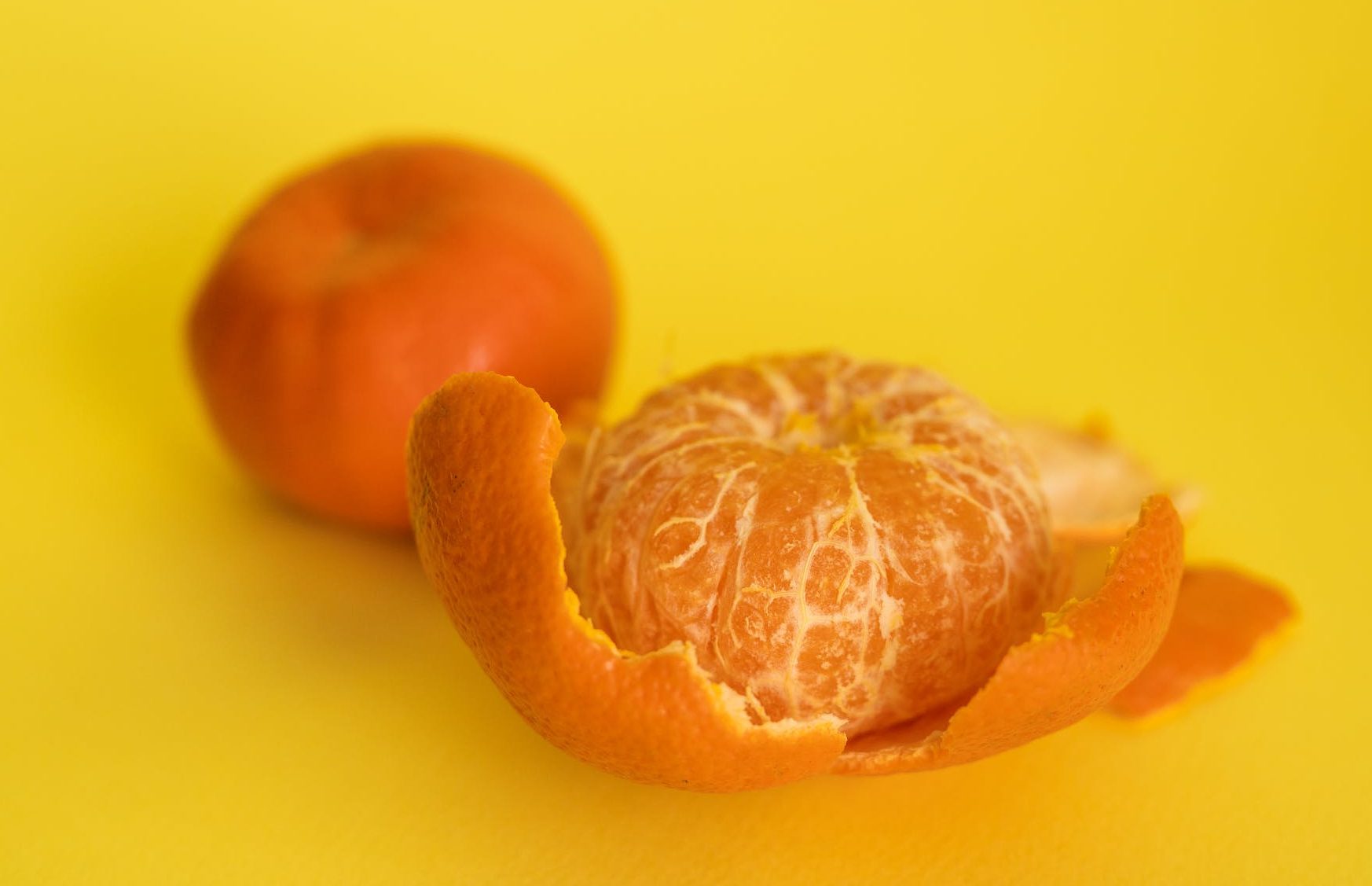
THOSE who read my previous column will be aware that it was about the colour orange and its links to Protestantism. This one is about oranges, the fruit, and my favourite orange – the mandarin orange.

Mandarin oranges are a small citrus tree fruit and usually sweeter and easier to peel than regular oranges.
They are also high in vitamin C and antioxidants and low in GI – low Glycemic Index foods make you feel fuller for longer – so good for dieters. (On the matter of weight loss, my doctor recommended a daily walk on an empty stomach – but he didn’t specify whose.)
Mandarins (no ambiguity intended) originated from China and Japan and spread around the world from the early 19th century. Though the ancient mandarin was bitter, most commercial mandarin strains derive from hybridisation with pomelo, which now makes them a sweet fruit.
Most Australian mandarins are grown in Queensland; the main growing season being March to September.
There are numerous types of mandarin, some of which are easy to peel and some not. Varieties commonly found in Canberra markets are:
- Afourer (often misspelt): A popular mandarin with vibrant orange skin encasing easy-to-peel segments that are low in seed. Sweet juice.
- Clementine: Bred from mandarin varieties cultivated in the Mediterranean region. Tarter, easy to peel, quite juicy and seedless. Often imported from Israel and Spain. Can be more expensive.
- Daisy: A medium-large, mid-season mandarin with an attractive dark orange rind and aromatic flavour. Moderately seedy with one to three seeds per section.
- Golden Nugget: Hybrid from California. A deep orange colour with a moderately fine texture. Considered to be one of the very best flavoured citrus fruits, with a rich, sweet, full-bodied taste.
- Hickson: Reported to have originated near the town of Roma, Queensland. Orange-fleshed fruit, juicy with good flavour. 12-15 seeds.
- Imperial: Australia’s most popular commercially grown mandarin. Excellent quality fruit, medium to large in size, easy to peel, juicy with a great strong flavour and few seeds.
- Murcott: Smooth skin, bright in colour. Rich sweet flavour and high in juice and sugar content. Has a good shelf life and sweetly addictive taste. Sometimes marketed as “Honey Murcott”. The sweetest of all the mandarin varieties.
- Nova: Medium to large fruit. Rind that does not peel easily. Distinct aroma and a deep orange colour. High sugar levels resulting in a sweet eating experience.
- Ortanique: A cross between a sweet orange and a tangerine. Discovered in Jamaica in the early 1900s and continues to be produced there. Strong citrus aroma and a tangy, slightly sweet flavour (sold at Fyshwick market as “Sweet and Seedless”).
- Sumo: Australian-grown, seedless mandarin. Sweet and juicy flesh. Large with identifiable “top-knot” (sold at Jamison market as “San Merino”).
- Sunburst: High quality, attractive fruit of the mandarin/tangerine type with good flavour. Reddish-orange rind at maturity. Segments easily separated. Juicy fruit with dark orange flesh colour.
- Tangerine: Associated with Tangiers in North Africa, but the name now has more to do with public relations. Glossy, rough skin. Densely sweet, low-acid tangerines have a short aftertaste and few or no seeds.
- Tango: Seedless, juicy and sweet. Medium in size with a thin, easy to peel rind.
Which variant you might prefer is literally a matter of taste and seasonal availability.
Well there you have it. Everything you never wanted to know about mandarin oranges!
HUMOUR about oranges is hard to come by but this story may suffice:
Gerald was a single guy, living at home with his father and working in the family orange business. He knew he would inherit a fortune once his sickly father died. Gerald wanted two things from life:
- to learn how to invest his inheritance and,
- to find a wife to share his fortune.
One evening at an investment meeting, he spotted the most gorgeous woman he had ever seen. To impress her he said: “I may look like an ordinary man, but in a few years’ time, my father will die and I’ll inherit $60 million.”
Impressed, the woman took his business card. Two weeks later, she became his stepmother. Women are so much better at strategic planning than men.
Clive Williams is a Canberra columnist.
Who can be trusted?
In a world of spin and confusion, there’s never been a more important time to support independent journalism in Canberra.
If you trust our work online and want to enforce the power of independent voices, I invite you to make a small contribution.
Every dollar of support is invested back into our journalism to help keep citynews.com.au strong and free.
Thank you,
Ian Meikle, editor





Leave a Reply